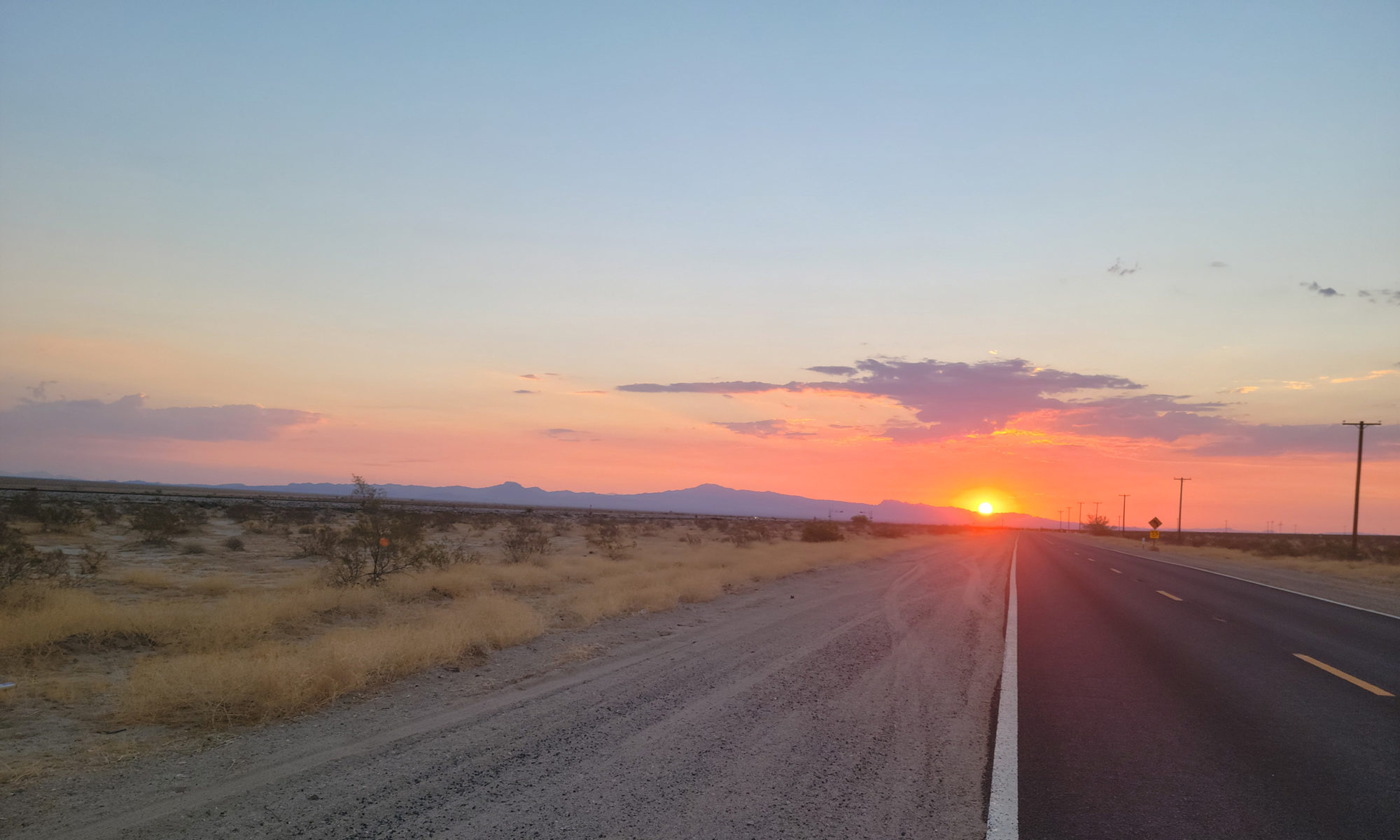Maine is going to win. Of that you can be sure.
Hiking the Appalachian Trail in Maine is a matter of submission. When and how long it takes are the only questions.

I began my thru-hike of the Appalachian Trail with a summit of magnificent Mount Katahdin on June 30. I opted to take the Knife Edge trail to the summit, where the northern terminus of the AT begins. The Hunt Trail down Katahdin is also the AT, and thus began my thru-hike all the way to Georgia.
Following the Katahdin summit, a southbound AT thru-hiker (known as a “sobo”) then heads south through Baxter Park to Abol Bridge, the south park entrance, and the official beginning of the 100-mile wilderness. This is a trail stretch known for its isolation, lack of towns or amenities, comforts and exit routes. It’s just wilderness.
What the 100-mile wilderness also offers are breathtaking vistas, countless water bodies, no limits on serenity, peace and nature.
Hiking in Maine
I began my thru-hike into the 100-mile wilderness with the arrogant thought that I’d done a lot of hiking over the years, pretty much knew what it was about and would be the controller of my hiking destiny. That worked for a couple days. I had outlined a hiking schedule in advance, knowing it would be a flexible plan.

What I learned fairly quickly is: hiking in Maine isn’t like hiking in most other places. Hiking in Maine is rugged, gnarly and slow. The environs are spectacular, but Maine’s trails feature massive, boa constrictor-sized roots that snarl up to snag your ankles and trip you at every opportunity. And not just every once in a while; constantly, and bunched together relentlessly. And in the few areas where there are not roots, there are rocks. Not evenly sized rocks, but all different sizes, cluttering the trail haphazardly so you can never take two steps the same, you’re always varying your speed, step and pace.
It’s always either roots or rocks. And that’s the easy part of hiking in Maine. That’s before the mountain climbing starts, heading south. Then it becomes all of the above except now you’re ascending a steep (no switchbacks in Maine) slope for two thousand vertical feet.
Who’s in Charge?
After a few days of pushing along imagining that I would cruise through Maine according to my schedule, insisting that I was in charge of my own hike, I soon learned that that was not the case.
I wasn’t in charge. I’m not in charge. Maine is in charge.

As soon as I relented, slowed down and agreed that I was subject to Maine, not the other way around, I began to enjoy its trails more.
Maine sets the rules, not you as hiker. Maine tells you when you will be able to cruise along for a few miles, when you will get tired, and when you must go very slow.
The sooner you realize that on this state’s trails, the more you will enjoy the experience.
Just let Maine have its way.
Praise to Maine
I’m relieved I gave in to Maine and recognized its natural dominion over me. Thankful I genuflected early on to its obvious authority and relaxed into it.

Now, as my unwritten pact states, I accept what Maine agrees to grant me. I appreciate the precious few moments when the hiking is smooth. I slow way down to a single mile an hour on numerous occasions, to get up tall, unforgiving mountains, to pick my way intentionally through the maze of tree roots and sharp rocks strewn across the path. I respect the dangers of being hasty and trying to move through this state too quickly. That’s a recipe for injury.
Maine has been one of the hardest places I’ve hiked. In a way, I look forward to working my way beyond this state. In other ways, I will miss it.
Anyway, it’s not like getting through Maine offers any great reward heading southbound on the AT. Next up: New Hampshire’s White Mountains.
That should be much easier.


